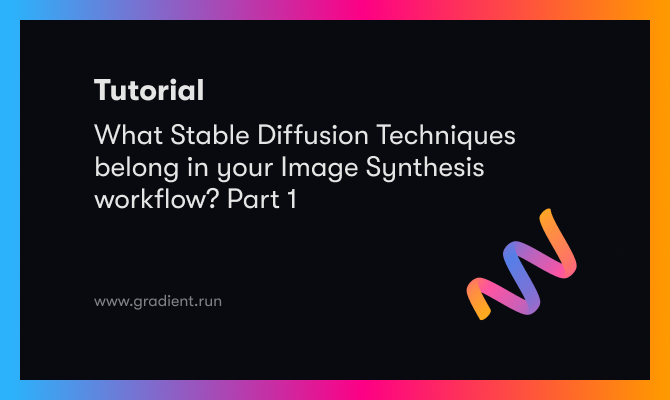Constructing Neural Networks From Scratch: Part 2
In this article, we take a look at some of the fundamental concepts required for constructing neural networks from scratch. This includes detailed explanations of NN layers, activation functions, and loss functions.













